What’s so exciting about heli-skiing is that the adrenalin starts to flood through your veins long before you actually reach the snow – even before the helicopter whisks you and your group to the higher slopes where you’ll soon be skiing down and making fresh tracks.
Although in simplistic terms the helicopter is “just” a rather expensive taxi-ride to get you to fresh powder (and no, you don’t leap out of the machine in mid-air à la James Bond) it’s an exhilarating ride. Just being inside one as it clatters its way to a distant peak makes you feel as though you’re on a mission. And you are.
A week in a luxury lodge
At its highest level, heli-skiing involves spending a week skiing, with a highly-trained guide from an isolated lodge, typically in the wilds of British Columbia (the world heli-ski capital), Alaska, and possibly in Georgia, Greenland, Turkey, or the Himalayas in Manali, Himachal Pradesh, and Gulmarg in Kashmir.
Elsewhere, in the Alps, the USA, the Andes, Sweden and New Zealand, heli-skiing is usually practised on a daily basis. So if you decide to commit to an intensive and expensive week of skiing in Canada or India, you can test the product. And yourself.
Even in British Columbia, with major players like CMH and Mike Wiegele Heliskiing (from around CDN$3,900pp for three days including unlimited heli-skiing, guides, equipment, all meals and luxury accommodation), there are many places where you can sign up for an introductory day. Indeed many skiers and boarders are perfectly happy to treat heli-skiing as an occasional treat and never sign up for the full Monty of an entire week doing it.
You can heli-skiing from places like Whistler (including companies like Whistler Heli-skiing and TLH), Panorama (RK Heliski) and Revelstoke (Selkirk Tangiers) in BC by the day. Powderhounds features seven different companies who charge around CDN$690-770 for three runs, CDN$810-825 for five runs.
An introduction to safety procedures
By their very nature, these one-day sessions cannot match the intensity of any single day of a week in a heli-skiing lodge. All heli-skiing, be it a day or a week, must be preceded by an essential introduction to safety procedures in and around the helicopter – which could carry four skiers and a guide (A-Star or Eurocopter) or 10 skiers and guide (Bell) – and safety in the snow itself.
Apart from brushing-up on how to operate your avalanche transceiver and your probe and shovel techniques, there are a few other basics to remember. These include not skiing past the guide (in case he or she has stopped above a crevasse or other obstacle, or spotted dangerous snow conditions) and not chasing after loose equipment when you are either crouching in the snow before boarding the helicopter at the bottom of a run, or waiting for it to take off at the top.
Everyone has to undergo this safety training, or retraining – like frequent flyers having to listen to the safety talk on an aircraft. All this will take at least an hour, which means that by the time the one-day heli-skiers have got their equipment sorted out, half the morning has gone, leaving time for half a dozen runs. By contrast, once skiers who have committed to a week in a lodge have been through this initial procedure, it doesn’t need to be repeated, so they can make an early start each day, fitting in anything from 16 to over 20 runs a day. A picnic lunch is normally taken on the mountain.
Heli-skiing in Italy and Switzerland
Heli-skiing in the Alps is rather different. For a start it’s banned in France and virtually banned in Austria too, with the exception of a limited heli-skiing operation in Lech. The only Alpine nations where heli-skiing is routinely on offer are Italy and Switzerland, and even here it’s a somewhat different concept.
Unlike most heli-skiing elsewhere in the world, the emphasis in the Alps is not on trying to cram as many runs into the day as possible, but to concentrate on long, wild descents from altitude all the way down towards a local village. So at resorts like Zermatt, Verbier and Wengen you might only make two long descents in a day, covering as much vertical drop as you might do in several shorter runs in British Columbia.
In Italy a heli-drop on the shoulder of Monte Rosa, for example, will provide you with just one exhilarating run all the way down to Gressoney or Zermatt. A day’s heli-skiing on the Monte Rosa will cost around 240€ per person including one flight and a guide) and in the Pyrenees from 290€ per person for two drops including a guide and all equipment.
You don’t have to be an expert to go heli-skiing, but it does help to have a fair bit of experience in skiing off-piste. In all major heli-ski operations you’ll be offered “fat” skis to make deep-snow skiing easier. Bearing in mind the relative affluence of high-end “grey” market during the ongoing economic vicissitudes, you’ll find that many of those who can afford to go heli-skiing are in their 40s, 50s, 60s and even in their 70s. And what’s more they have the stamina and experience to be pretty good at it.
The more mellow option of cat-skiing
For those who might like the heli-ski experience but are not keen on the helicopter part, there is another more mellow option that’s popular in Canada (Revelstoke, Kicking Horse, Fernie) and in some US resorts (Grand Targhee, Telluride): cat skiing. The basic idea is the same, and you get to ski much the same type of terrain – though less of it, at lower altitudes.
At Grand Targhee in Wyoming, with Snowcat Adventures you can reckon on spending $199pp for a half day including a guide, snacks and drinks, or $349pp for a full day with a guide, lunch, snack and drinks. Alternatively it’s from CDN$300pp per day in Revelstoke, Canada with Revelstoke Cat Skiing, including unlimited vertical, equipment rentals, on-slope lunch, and an apres-ski appetiser.
You get there by trundling slowly up in a snowcat, which gives you more time to refuel with drinks and snacks. This method of reaching untracked powder is slower, cheaper, and won’t clock up so many vertical feet. But in some ways it’s a less intense more relaxing experience in which the adrenalin kicks in on the slopes rather than the moment you climb into a helicopter. Other attractions of a snowcat include the fact that it won’t fall out of the sky or scalp you if you chase your hat or gloves in a maelstrom of rotor-blade downdraft!
Arnie Wilson, has heli-skied in 27 locations in 12 countries.


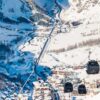
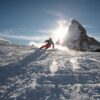






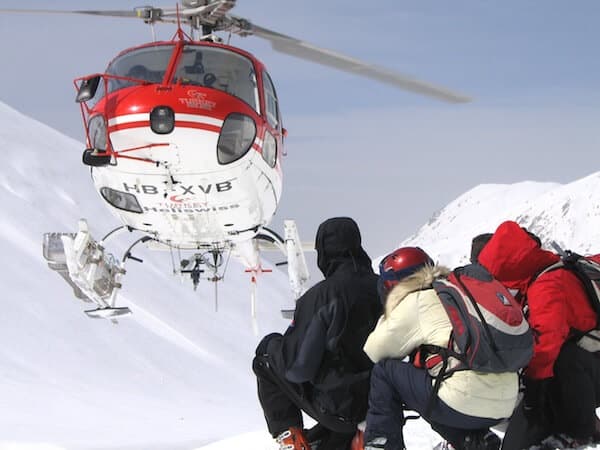
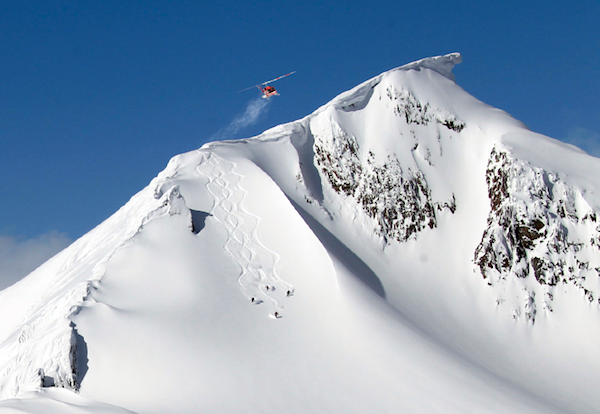
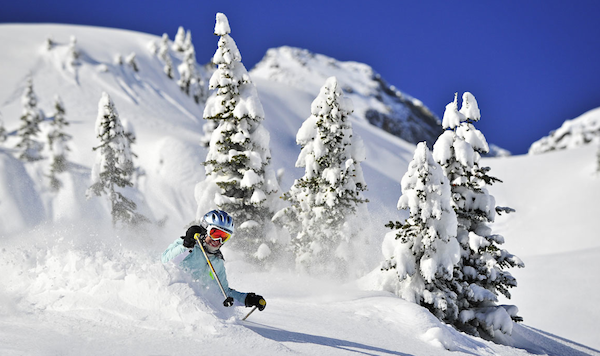
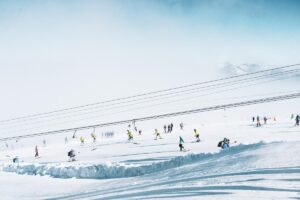


Add Comment